Rethinking Lead Gen
Lead gen campaigns can transform a business. But all too often they are stuck on the most basic strategy. They need to be rethought as a whole matrix of options, argues Edmund Hardy.
More Than Just A Journey
Lead Gen is often left behind as a kind of digital campaign. Decide on your target cost per lead, then go out and get as many leads as you can within your budget, right? In our audits and pitches, we’ve seen lead gen strategies which are focused on doing only this.
The reason is that without products, orders and revenue happening on site, the ROAS optimisation used elsewhere in digital performance campaigns isn’t (immediately) possible.
This would be fine if all leads were equal, but they aren’t. Leads convert into sales at different rates and speeds, and lead gen products often have complexity in the form of multiple options, quotes, installation times and viewings. All of these generate further data and touch points on the customer journey. This is the norm, and not the exception, for B2B campaigns, and can be the norm within high value B2C campaigns (think bespoke wardrobes).
This data can be used, if it is connected back to paid search optimisation in Google Ads or Meta.
This is why the optimisation of these campaigns is often framed as a ‘lead gen journey’ or ‘lead gen maturity path’. In truth, however, we shouldn’t think of it as a one-way evolution towards greater sophistication. It’s more about aligning your business goal to a marketing KPI which has the best fit for your business.
Lead gen businesses are very diverse - from quick turnarounds to six month customer journeys; low margin to high margin; from urgent call out times to consultation on a years-long building project. In fact, thinking of ‘lead gen’ as a single kind of campaign is one of the problems.
Choosing the right data connection and the right optimisation signals and models is less about a linear path and more about choosing the tactics which align most closely with how leads actually convert in your business.
Finding the Right Fit
We want to get the strongest leads through the door, and cut out the leads less likely to convert. But as hinted at, each lead gen business has a matrix of complicating factors which divert digital campaign tactics from a linear path towards emulating direct on-site ecommerce. What are some of the most common?
Revenue
Revenue is the KPI at the end of the lead path which is held up as the holy grail of lead gen optimisation. But revenue isn’t always the best optimisation signal.
If the time lag between lead and sale is more than 21 days, for example, then is too long for Google Ads Smart Bidding to use as a target ROAS signal. In this case, data modelling needs to configure a reliable ‘expected revenue’ number for Smart Bidding to optimise to.
Geographic Spread
Businesses with agents on the ground fulfilling appointments have an added dimension to lead gen marketing. A lead generated in an area where diaries are full for days may be worthless - a geo based optimisation method needs to be designed to prioritise spend in areas where leads can be followed up. A data connection between diaries and Google Ads can be built to do this, cutting wasted spend at a stroke.
This kind of optimisation also needs to be dynamic - so as availability changes, spend also moves, and if there is a consistent trend then the need for a new agent in X area, larger sales team, or even factory capacity is flagged back to the business from the digital team.
Gaps in Tracking
Privacy and consumer choice over what gets tracked means that less direct data can be used. In lead gen, data is the only way to get beyond ‘all leads are equal’, so this can pose a big challenge. Mapping out where data is lost is the first step.
Stepping around cookies and first person tracking, Meta’s CAPI uses server-side tracking and Google’s Enhanced Conversions for Leads matches encrypted emails of Google users with customers in your CRM to restore crucial data bridges which the sunset of first person tracking breaks.
Lead Scoring
Lead forms themselves are the most primary signal there is. Designing the number and order of questions affects conversion rates, and also allows for an immediate ‘lead score’ which in itself can be verified against eventual revenue. For example, someone interested in hotels in a particular region or time of year may correlate to a higher value lead.
Not only this, however. Lead forms may also be off-site, within ads on advertising platforms, allowing users to come through as a lead without necessarily visiting your website. We might think these are always weaker leads - but not always. Sometimes the lead form ad appearing for an urgent query - ‘emergency plumber near me’ - may be a strong form of intent which a call centre can convert.
Developers and CRM Complexity
Not all data integrations are easy, and you will need developer resource to put in place the connections you need - or even to hook the data up so analysis on the right tactics can begin.
I have seen how legacy systems bridged together by manual data entry can still be made to work - but they are a bottleneck for business development because they throttle marketing. The business case for upgrading - and for investing in a project with the aim of identifying and driving stronger leads in line with business goals - then needs to be the first priority.
But it isn’t always complex! Sometimes the data is there and someone just needed to set up one new field in a database. It can be as simple as knowing which next step to take.
Three Lead Gen Pillars
The matrix of factors outlined above doesn’t mean that your underlying, driving strategy will also be complicated. To summarise, it should centre on three pillars:
Know your business goal and identify a segment of leads which best align with it. They’re your strongest leads, and increasing their volume will drive real and efficient growth. Let’s call them your A* leads.
Connect CRM data back to ad platforms which give you the strongest and most timely signals to optimise for your your A* leads.
Consider signals external to your CRM - such as agent availability or regional conversion rates - and connect these to your optimisation, as a strong lead on paper but in the wrong place is not A*.
By Edmund Hardy, Paid Search Account Director


